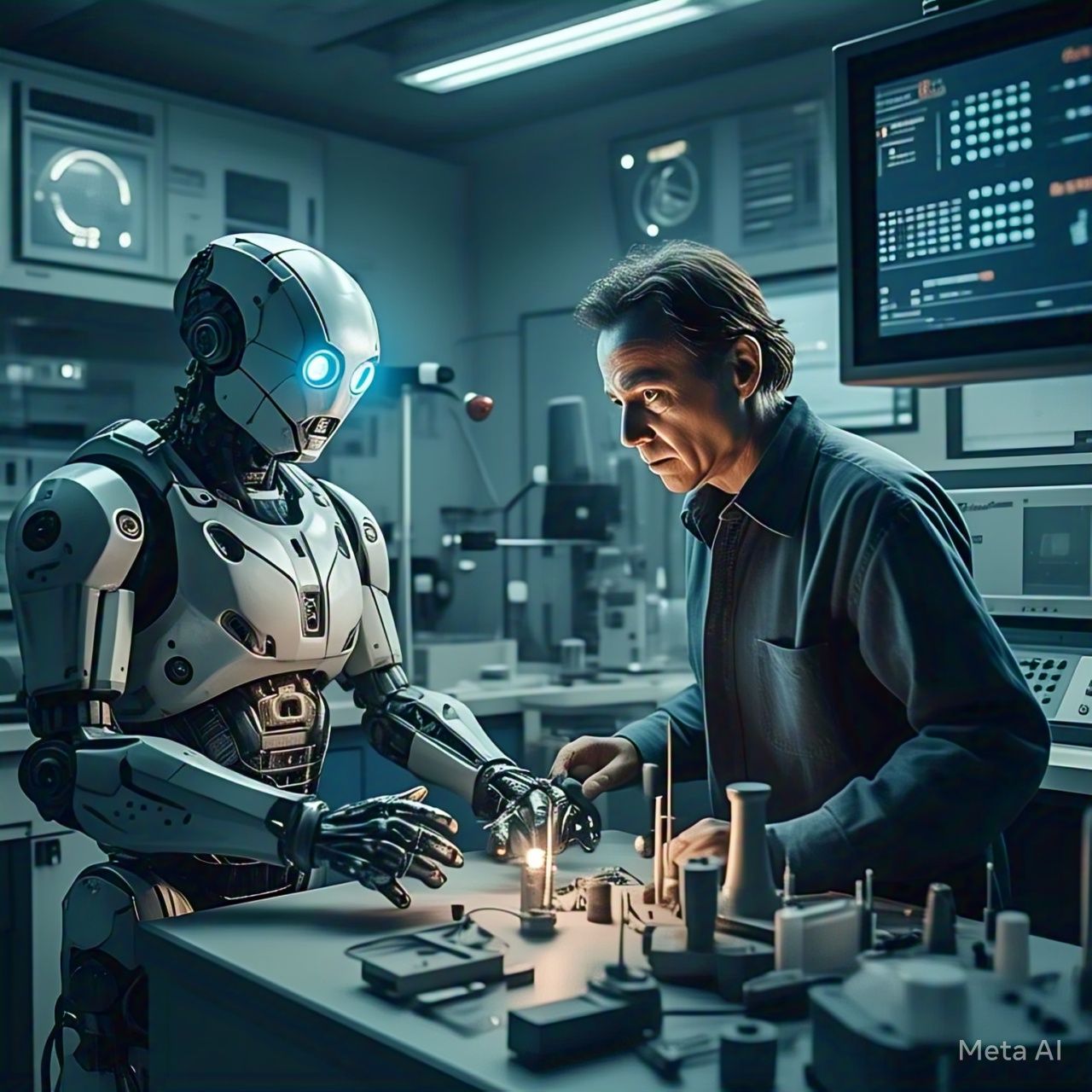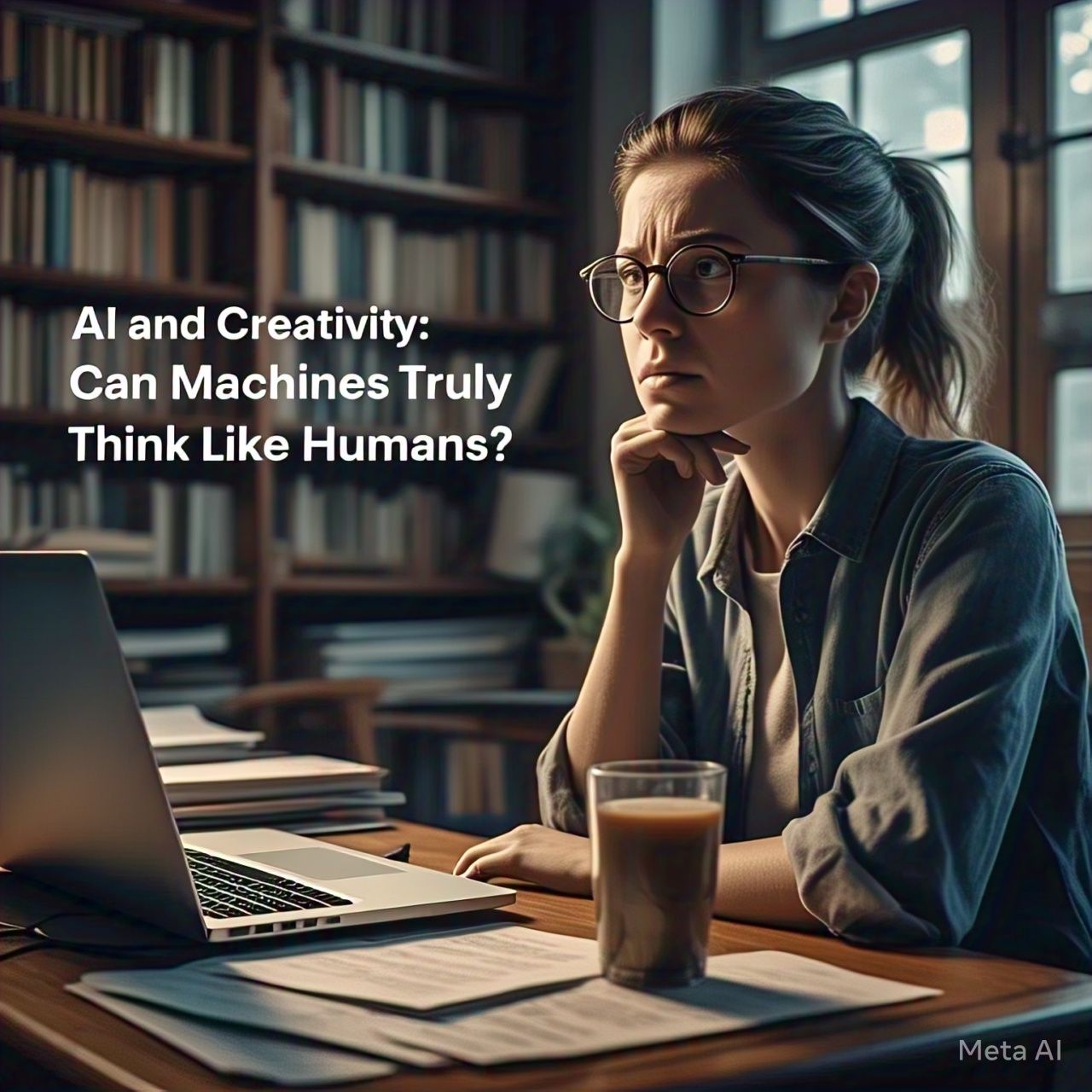Table of Contents
- Introduction
- The Role of AI in Human Safety
- Can AI Be Trusted with Life-and-Death Decisions?
- Challenges in AI Safety and Ethical Concerns
- Regulations and Safeguards in AI Development
- Case Studies: AI in High-Stakes Scenarios
- Future of AI Safety and Trustworthiness
- Conclusion
- FAQs
Introduction
Artificial intelligence (AI) is rapidly transforming industries, from healthcare and autonomous vehicles to defense and personal assistance. As AI systems take on more significant roles in safety-critical areas, a crucial question arises: Can we trust AI with our lives? This article explores AI’s role in human safety, its reliability, ethical challenges, and the regulations designed to ensure AI remains a trustworthy technology.
The Role of AI in Human Safety
AI has been integrated into many aspects of human safety, offering enhanced decision-making, predictive analysis, and automation. AI-driven systems are now responsible for:
- Medical Diagnosis and Surgery – AI assists doctors in diagnosing diseases and performing robotic surgeries.
- Autonomous Vehicles – AI navigates roads, reducing human error in transportation.
- Disaster Response – AI-powered drones and robots assist in search and rescue operations.
- Cybersecurity – AI detects and prevents cyber threats more efficiently than human operators.
- Workplace Safety – AI monitors hazardous environments and predicts potential risks.
Table: AI in Human Safety – Benefits vs. Risks
| Application | Benefits | Risks |
|---|---|---|
| Medical AI | Faster diagnoses, precision surgery | Misdiagnoses, liability issues |
| Self-Driving Cars | Reduces human error | Unpredictable accidents |
| AI in Security | Detects cyber threats quickly | Privacy violations |
| Disaster Response | Faster search and rescue | Dependence on AI decisions |
| Workplace Safety | Prevents injuries through monitoring | Potential job displacement |
While AI significantly improves safety, the question remains: Can it be trusted in life-and-death situations?
Can AI Be Trusted with Life-and-Death Decisions?
AI’s role in critical decision-making raises ethical and technical concerns. AI operates on algorithms and data, but can it truly make ethical choices when human lives are at stake?
Factors That Influence AI Trustworthiness:
- Accuracy and Reliability – AI must be extensively tested to ensure near-perfect accuracy.
- Transparency – AI decision-making should be explainable to avoid black-box situations.
- Human Oversight – AI should not function autonomously in critical situations.
- Ethical Programming – AI must align with human values and ethical principles.
- Bias Mitigation – AI must avoid discrimination or biased decision-making.
Despite AI’s potential, full trust in its ability to make life-and-death decisions without human intervention remains controversial.
Challenges in AI Safety and Ethical Concerns
Ensuring AI safety comes with significant challenges, including:
1. Lack of Moral Judgment
AI lacks human emotions and moral reasoning, making it difficult to handle ethical dilemmas effectively.
2. Data Bias and Inaccuracies
If AI is trained on biased or flawed data, its decisions may be unfair or incorrect, leading to dangerous consequences.
3. Cybersecurity Threats
AI systems are vulnerable to hacking, which could have catastrophic consequences in fields like healthcare and autonomous vehicles.
4. Accountability Issues
Who is responsible if AI makes a wrong decision? Liability remains a major legal and ethical concern.
5. Public Distrust and Fear
Many people fear AI-driven automation, fearing it may lead to job loss, surveillance issues, and safety risks.
To mitigate these challenges, strict regulations and oversight mechanisms are necessary.
Regulations and Safeguards in AI Development
Existing AI Safety Regulations:
- European Union’s AI Act – Focuses on high-risk AI applications, ensuring safety and transparency.
- IEEE Ethically Aligned Design – Provides ethical standards for AI development.
- U.S. AI Bill of Rights – Ensures AI respects human rights and privacy.
- Asimov’s Influence on AI Ethics – While fictional, Asimov’s Three Laws of Robotics inspire real-world AI safety measures.
AI Safety Measures in Practice:
- Human-in-the-Loop Systems – AI decisions require human validation.
- Ethical AI Programming – AI must be designed with clear moral and ethical constraints.
- Regular Audits and Testing – AI must undergo rigorous safety tests before deployment.
- Fail-Safe Mechanisms – AI should have emergency shutdown capabilities to prevent harm.
These safeguards aim to ensure that AI remains an asset to human safety rather than a threat.
Case Studies: AI in High-Stakes Scenarios
1. Autonomous Vehicles and Safety Challenges
Tesla and Waymo’s self-driving cars have shown promise but have also been involved in fatal accidents. These incidents highlight AI’s limitations in handling unpredictable road conditions.
2. AI in Healthcare: IBM Watson’s Setbacks
IBM Watson, once hailed as a revolutionary AI for medical diagnosis, faced criticism for providing incorrect cancer treatment recommendations, raising concerns about AI reliability in healthcare.
3. AI in Military and Defense
Autonomous drones and AI-powered weapons pose ethical dilemmas regarding the use of AI in warfare. Should machines have the power to decide life-and-death situations in combat?
These case studies demonstrate both AI’s potential and its risks in safety-critical areas.
Future of AI Safety and Trustworthiness
Can AI Ever Be Fully Trusted?
While AI will continue to improve, achieving 100% safety and trustworthiness remains a challenge. Future advancements may include:
- Explainable AI (XAI) – AI systems will become more transparent, allowing humans to understand their decisions.
- Ethical AI Training – AI models will be trained using diverse and unbiased datasets to minimize ethical concerns.
- Stronger Legal Frameworks – Governments will implement stricter AI regulations to ensure safety.
- Advanced AI Safety Protocols – AI will have built-in moral reasoning capabilities based on global ethical standards.
Trusting AI with human lives will require a balance between innovation, regulation, and human oversight.
Conclusion
AI is reshaping industries and significantly contributing to human safety. However, trusting AI with life-and-death decisions remains a complex issue. While AI can enhance safety through automation and predictive analysis, it still requires human oversight, strict regulations, and ethical programming. The future of AI safety will depend on continuous advancements in transparency, accountability, and legal frameworks to ensure AI remains a tool for good rather than a source of risk.
FAQs
1. Can AI make ethical decisions like humans?
No, AI lacks emotions and moral reasoning, but it can be programmed to follow ethical guidelines.
2. What are the biggest risks of trusting AI in safety-critical areas?
The biggest risks include bias in decision-making, cybersecurity threats, lack of transparency, and potential system failures.
3. Can AI in self-driving cars be completely safe?
AI in autonomous vehicles reduces human error, but unexpected road situations and technical failures still pose risks.
4. How can AI safety be improved?
AI safety can be improved through rigorous testing, human oversight, ethical programming, and government regulations.
5. Will AI ever replace human decision-making in critical areas?
While AI can assist in decision-making, it is unlikely to fully replace human judgment in high-stakes situations requiring moral and ethical considerations.




